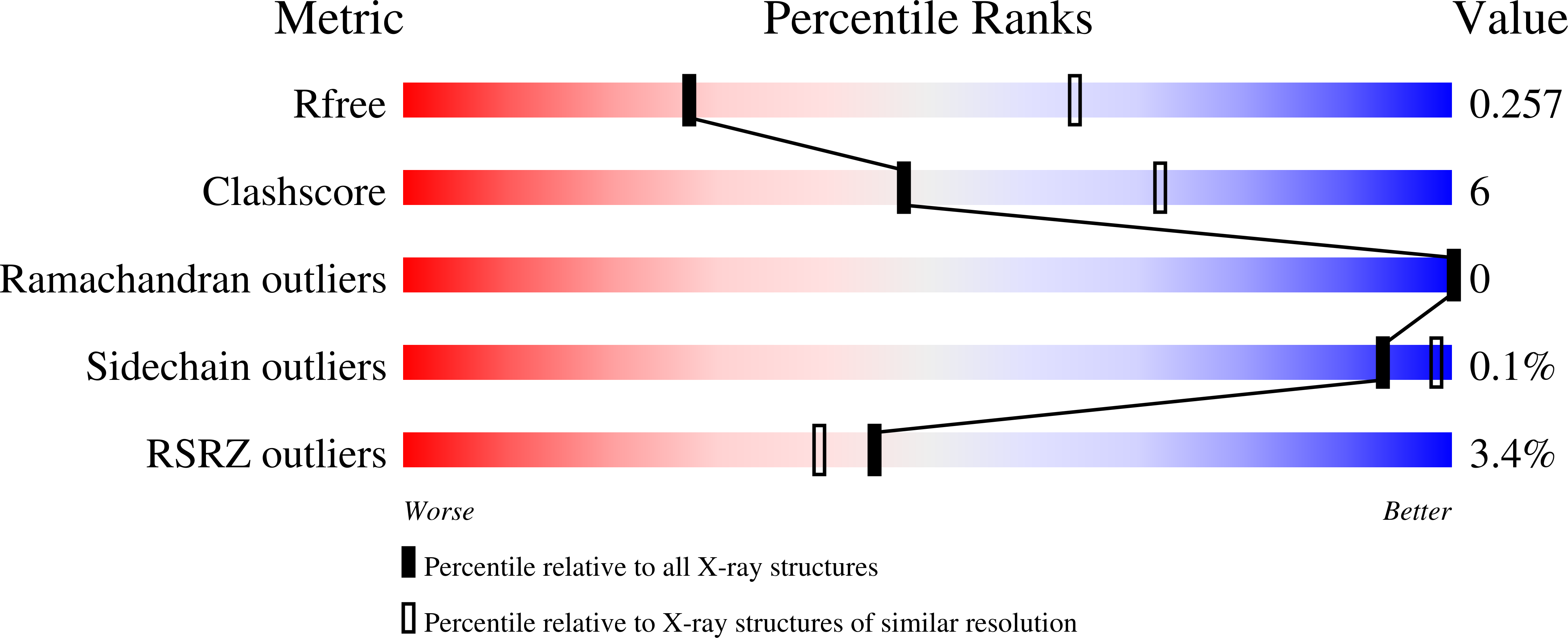
Deposition Date
2018-11-12
Release Date
2019-11-13
Last Version Date
2024-10-23
Entry Detail
PDB ID:
6N2E
Keywords:
Title:
Crystal Structure of Human Protocadherin-15 EC1-3 G16D N369D Q370N and Mouse Cadherin-23 EC1-2 T15E
Biological Source:
Source Organism:
Homo sapiens (Taxon ID: 9606)
Mus musculus (Taxon ID: 10090)
Mus musculus (Taxon ID: 10090)
Host Organism:
Method Details:
Experimental Method:
Resolution:
2.90 Å
R-Value Free:
0.25
R-Value Work:
0.22
R-Value Observed:
0.22
Space Group:
P 1 21 1


